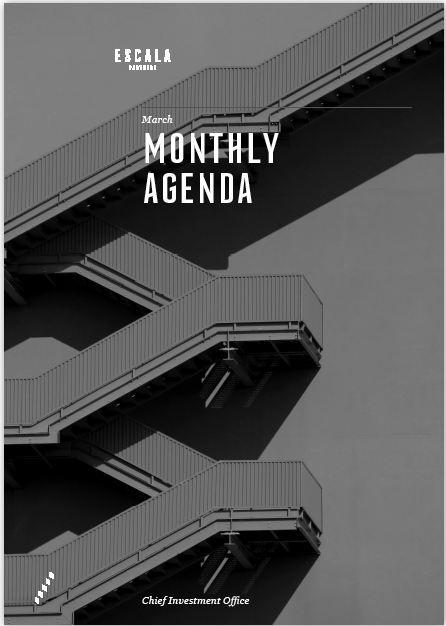-
Overview
St. Louis Fed President Jim Bullard wants to go way back to 1994, the last time the Fed executed a ‘soft’ landing, to model the central bank’s current policy moves. Bullard said that he sees the neutral rate at 2.0% and therefore, he wants to go to 3.0% this year to be mildly restrictive. Bond investors have responded to the more aggressive stance adopted by the US Federal Reserve in recent weeks by pushing 2-year bond yields sharply higher.
Chart 1: US 2-year bond yields price an aggressive Fed (%)

Source: Bloomberg
The move by bond investors to send 2-year bond yields sharply higher is causing the yield curve, the difference between 2 and 10-year yields to flatten. Since the start of the year, the curve has fallen from around 90bpts to 17bpts currently. Historically, whenever the difference between 2 and 10-years has turned negative, a recession has followed, albeit with a lag as much as 24 months.
Chart 2: But the risk is it sends the economy into recession (US 2-10 yield curve (bpts)

Source: Bloomberg
Jay Powell’s comments that the U.S. central bank is prepared to hike 50 bps if necessary saw the Australian market lift 3-year yields to levels not seen since 2018. The market is currently expecting the Reserve Bank to raise rates 6.5 times this year with the first rate hike to be delivered in June.
That’s all fine, but RBA governor Phil Lowe has made wage growth central to the Australian path to policy normalization. The March quarter wage print on May 18 now looks far away as markets continue to show zero patience with Lowe’s patient stance.
Chart 3: Australian bonds also looking for higher rates from the RBA (3-year yield (bpts))

Source: Bloomberg







